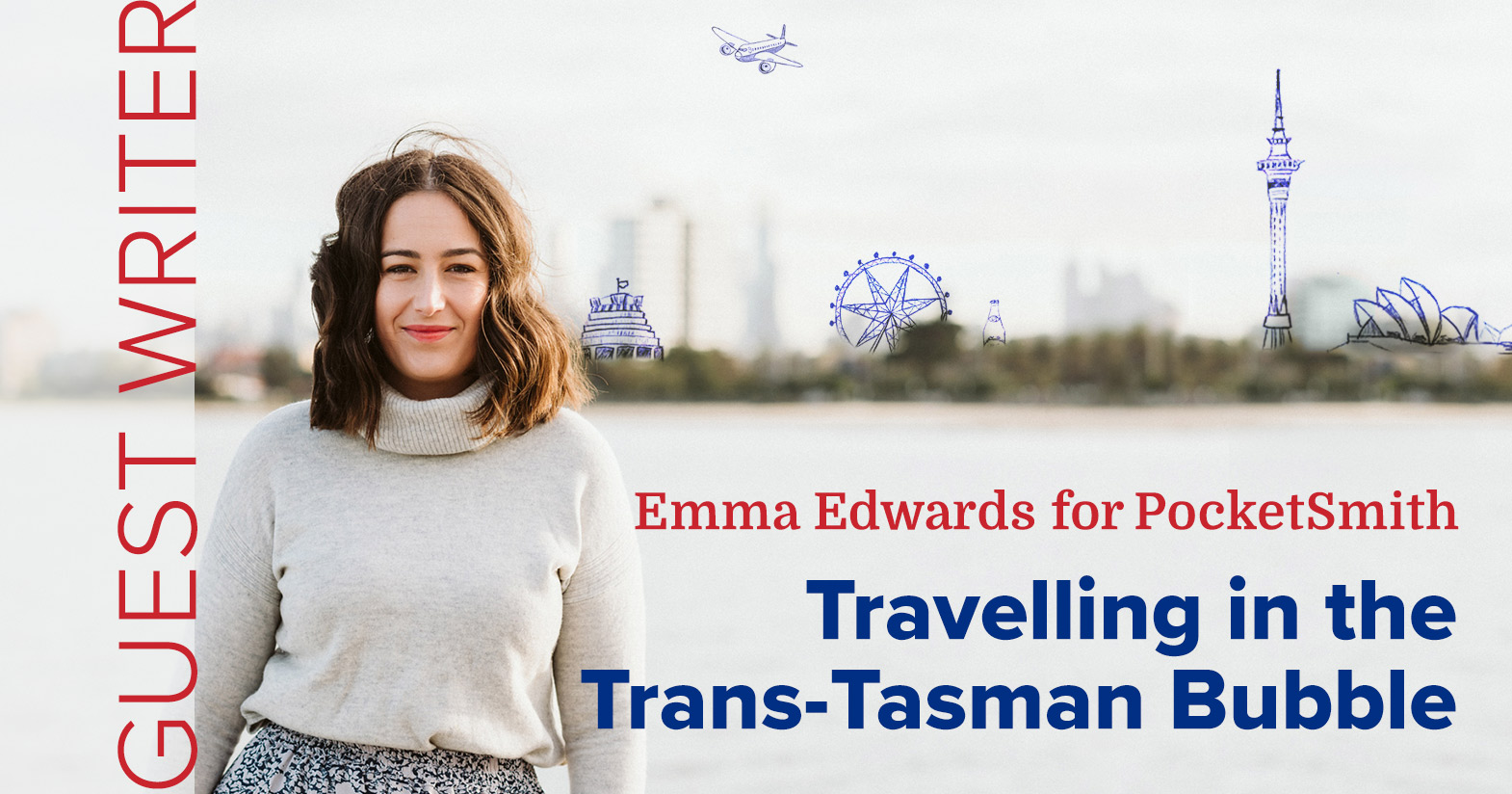
The Trans-Tasman Travel Bubble is just one of the better things to come out of 2021 so far. The bubble permits two-way quarantine-free travel between New Zealand and approved travel zone destinations as of 19 April 2021. This means you can take a vaycay without getting government approval, and without spending 14 days in hotel quarantine. Can we get a hallelujah?
Quarantine-free flights are now operational between Australia and New Zealand’s major airports: Perth, Brisbane, Gold Coast, Cairns, Sunshine Coast, Adelaide, Sydney, Melbourne, Hobart; and, Auckland, Wellington, Queenstown and Christchurch.
The Travel Bubble relies on continued monitoring from health officials, and locations may become restricted if an outbreak of Covid-19 is detected. Check government updates regularly and read all communications from your airline thoroughly to make sure your trip can go ahead.
To enter New Zealand from Australia when travelling within the bubble, you must complete a health declaration at check-in, and fill out the New Zealand Travel Declaration that will be provided to the Ministry of Health NZ. Face masks must also be worn during the flight.
To enter Australia from New Zealand when travelling within the bubble, you must also complete a health declaration at check-in, and the Australian Travel Declaration at least 72 hours before you travel. Again, face masks must be worn on the plane.
When travelling to New Zealand from Australia (or vice versa) during the Covid-19 pandemic, it’s important to be aware of the risks. Due to the ever-changing health environment across the world, lockdowns may be called at any stage and you could find yourself faced with travel restrictions that impact your return home, or have to extend your stay. Check government announcements regularly, and follow the guidelines provided by health departments and travel officials to stay safe.
Travel insurance during Covid-19 varies by provider, and not every eventuality will be covered. Speak to your provider and thoroughly check whether cancellations, lockdowns or infections could impact your policy, especially if you’re using travel insurance that’s provided by your bank or credit card issuer. It may be a worthwhile investment to seek out specialised Covid-19 travel insurance to cover you for cancellations, contracting the virus yourself, or getting stuck overseas.
We’ve all been hanging out for international travel to return, so it comes as no surprise that demand for travel to and from New Zealand is high. That said, flights within the Trans-Tasman Travel Bubble are reasonably priced. With Air New Zealand, a four-day long weekend from Melbourne to Auckland in June could set you back $606AUD, while a Mon-Sun jaunt from Brisbane to Queenstown rings in at around $779AUD. In the other direction, flights for a week in Adelaide from Wellington come in at $990AUD.
According to SkyScanner*, your cheapest routes for a winter getaway from Australia to New Zealand are departing from the Gold Coast and arriving in Auckland, starting at $177 one way. If Christchurch is on your bucket list, depart from Melbourne for the best deal, starting at $185 one way.
If you’re a New Zealander wanting to bask in the Aussie winter, depart from Auckland for the best Melbourne deals, starting at $100 one way, or from $130 one way to the Gold Coast. Departing from Queenstown, you can get to Sydney from $172 one way (with a stop), or from Christchurch you can get to Melbourne from $114 one way.
After more than a year of border closures and a bucket-load of uncertainty, international travel feels more than a little bit weird. Many of us have forgotten the financial aspect of overseas trips, so it’s important to plan ahead.
We’re all super excited to get back to travel, but don’t go rushing to book flights without first consulting your finances. 2020 was a difficult year – don’t feel the need to compromise your financial security in order to travel. A budget break in your own backyard could be a savvier option.
If you are planning a trip, do exactly that: plan it. Don’t just book your flights and hope for the best. Take the time to work out what money you’ll need for food, activities and transport during your trip, as well as any costs that you’ll incur while you’re away (pet sitters, house sitters, etc).
It’s also helpful, particularly in a pandemic, to consider a travel emergency fund. This will act as an extra buffer on top of your allocated spending money for unexpected costs, and can protect you if you run into any health, travel or logistical issues on your trip.
If you’re exchanging currencies, don’t forget to shop around for a good deal, and plan in advance to give yourself time to secure a cheaper rate!
**Prices correct at 18 May 2021, and apply to travel in July 2021. *
Emma Edwards is a finance copywriter and blogger, on a mission to humanize the financial services industry by creating meaningful content that’s accessible and empowering. You’ll find her penning money tips at her blog, The Broke Generation, sharing financial insights on Instagram, or injecting life into content for her business clients.